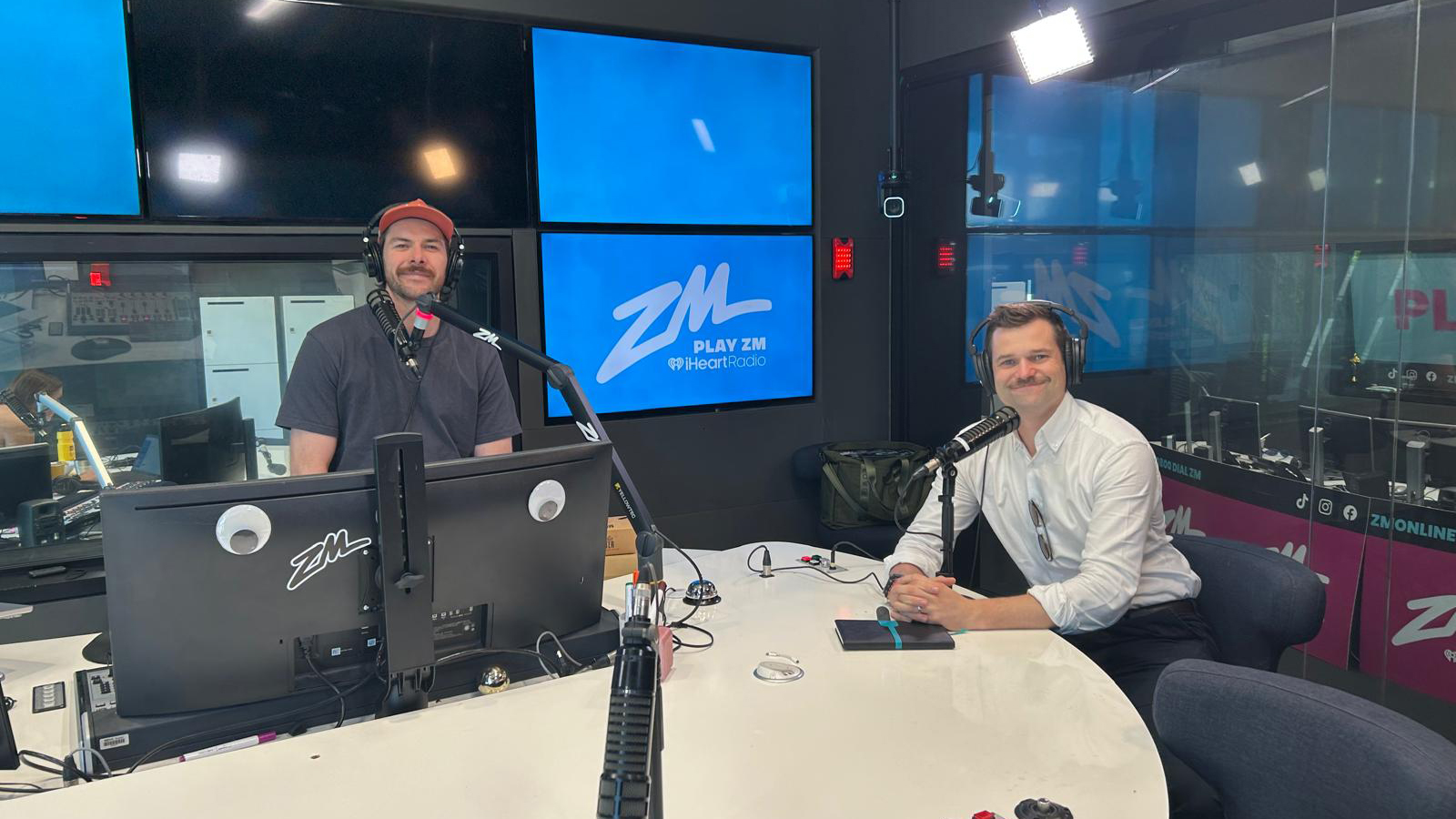Today’s investment landscape is more dynamic than ever. Changes in government policy, emerging technologies, and shifting investor sentiment can all influence markets to shift in an instant. While passive investing has its place, this environment has highlighted the real power of active investing.
At Milford, we believe smart investing isn’t about riding every wave. It’s about knowing when to steer, when to slow down, and when to act decisively. That’s the advantage of an active investment approach.
Active v passive investing: What’s the difference?
Passive investing is a strategy where investors aim to mirror the market rather than beat it. This is typically done through index funds and exchange-traded funds (ETFs), which are investment funds designed to copy the performance of a specific market index like the S&P 500 or NZX 50. In other words, when the index goes up or down, so does your investment.
The appeal of passive investing can be lower costs and broad exposure, which suits certain investors, risk tolerance levels, and timeframes. However, passive investing also has the potential to leave portfolios exposed to every market movement, both good and bad.
Active investing, on the other hand, is about making deliberate decisions in an effort to outperform the market. Active investment managers research companies, industries, and economic conditions, then adjust portfolios based on where they see opportunities or risks. Unlike passive funds, which follow the market automatically, active investment managers can choose where to invest and when to make changes.
At Milford, our team of more than 40 investment professionals actively monitor global markets every day – navigating the short-term ups and downs, mitigating risk, and identifying opportunities for strong, long-term growth. This flexibility helped us manage risk during the market swings of early 2025 by moving into defensive sectors, increasing cash, and using hedging strategies to limit drawdowns.
Managing risk where it matters most
Market volatility isn’t the only investment risk. Passive investors today face increasing exposure to a handful of large companies, particularly in the US. In fact, the top 10 stocks in the S&P 500 now make up around 40 percent of the index, most of them tech giants.
This level of concentration can work when those companies are performing, but it also has the potential to increase vulnerability if market sentiment shifts. Active investing gives us the ability to spread risk more effectively . At Milford, our investment professionals diversify portfolios across sectors , asset classes, regions, and company sizes to reduce reliance on any one area of the market .
Staying agile, staying ahead
Active investing isn’t about reacting for the sake of it. It’s about disciplined decision-making, backed by in-depth research and constant review. Our goal is simple: help clients achieve long-term returns by staying one step ahead of change.
That’s why we invest our own money alongside our clients. Our team is empowered to make timely calls in response to market shifts in the moment, not months later.
The bottom line
In a world where markets can quickly change, we believe active investing has the potential to offer attractive investment opportunities and strong long-term outperformance.
At Milford, we’re not passengers. We’re at the wheel, navigating the road ahead so our clients can focus on the destination.
Want to learn more about Milford’s investment approach? Visit The Investing Place at milfordasset.com for expert insights, market updates and strategy explainers.


